April 22 is Earth Day. Sustainability, though, is a year-round goal, especially for a number of the brands One Kings Lane offers. Below we’re highlighting a few of our eco-friendly favorites, as well as certain sustainable materials you might want to consider. After all, every day should be Earth Day.

Vintage furnishings are perhaps the ultimate in eco-friendly decorating.
Reclaimed and Recycled
“Waste not, want not” is more than an adage for brands that repurpose previously used materials. Many of the fade-resistant indoor/outdoor rugs by Dash & Albert, for instance, are constructed of fibers made from recycled plastic bottles. Similarly, Community incorporates reclaimed wood into some of its designs. So do we in a number of our One Kings Lane Collection furnishings.
Decorating with vintage pieces is perhaps the ultimate in eco-responsible furnishing. The breadth and depth of options regarding styles and prices is impressive—and of course, just about every room can benefit from the patina and history that vintage items carry with them.
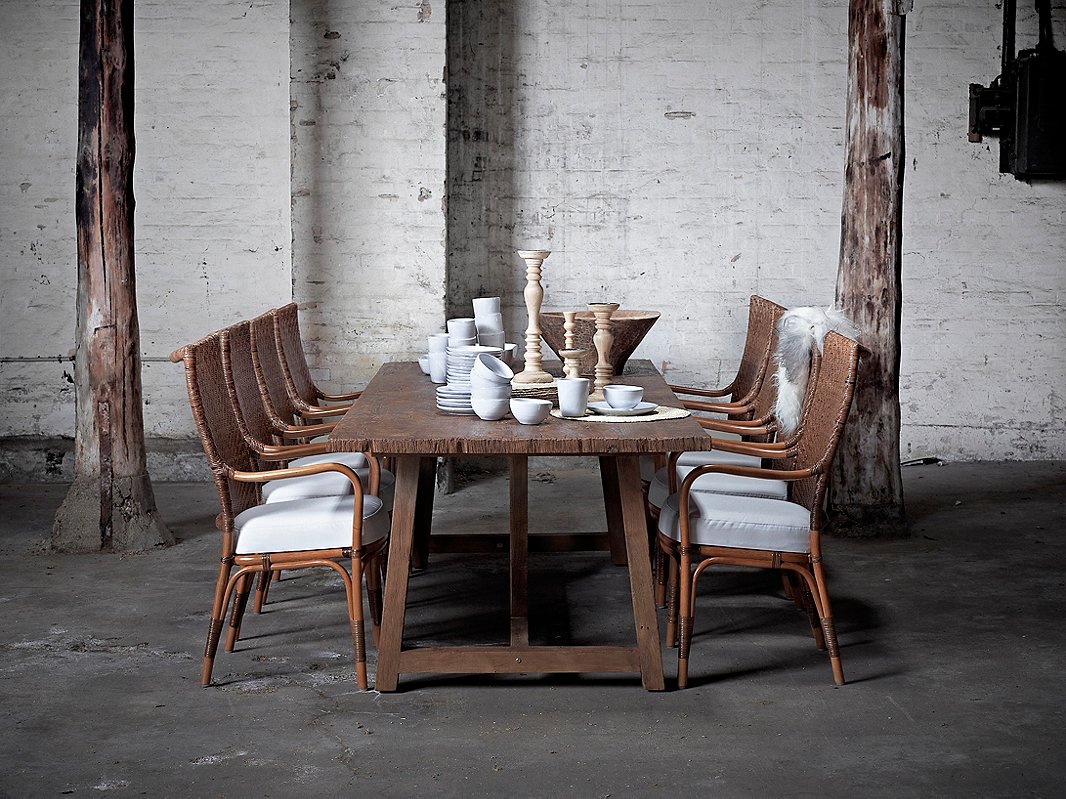
Some tables from Sika Design, such as the Lucas above, are made from reclaimed teak. Most of its furniture is made with another eco-friendly material, rattan.
Renewable and Responsible
Materials don’t have to be reclaimed or recycled to be eco-friendly. Take rattan. This vine (technically it is a liana rather than a wood) regrows much more rapidly than trees; a adult vine can regenerate in as little as five years. And because rattan relies on trees to grow, areas where rattan is harvested are less likely to be deforested by landowners. Harvesting rattan and preparing it for use in furniture are relatively low-tech processes that require little in the way of nonrenewable resources such as oil.
These are among the reasons that Sika Design makes the majority of its furniture from rattan. The company also factors sustainability into its manufacturing and transportation processes. As a result, it earned ISO 14001 certification, an international standard for environmental responsibility. David Francis also relies heavily on rattan, as well as other fast-growing, renewable materials such as bamboo and abaca, for its furniture, and of course there’s South Sea Rattan.
Similar to sustainably managed plantations are responsibly managed forests that meet the rigorous standards of the Forest Stewardship Council (FSC). Southern Komfort is among the manufacturers that use FSC-certified wood (in its case, eucalyptus wood) exclusively. Ethnicraft has earned FSC Chain of Custody (COC) certification, which ensures that every company throughout its supply chain meets FSC standards. (You can find more furniture made of FSC-certified wood here.)
And while we’re talking about wood, keep in mind that rubberwood (also known as parawood) and mango wood are considered environmentally friendly. That’s because the former trees are cut down only when they stop producing sap and the latter only after they stop producing fruit, making room for new trees.
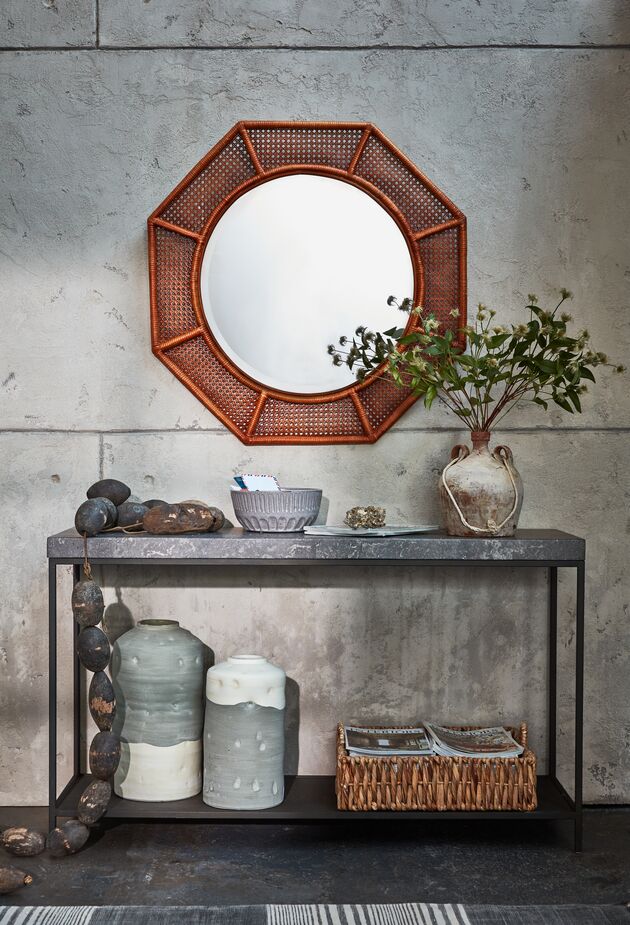
Rattan isn’t just for furniture. Case in point: the Orly Octagonal Wall Mirror.

Southern Komfort’s porch furnishings are handcrafted of FSC-certified wood.

Made of linen crafted from sustainably sourced flax, the Logan Duvet Cover from Pom Pom at Home will only get softer and more pampering with time.
Among textiles, alpaca wool is as eco-friendly as it is luxe. In Peru, where 80% of all alpacas live, they are a part of the overall ecosystem. With their slow and careful gait, they don’t destroy topsoil as cashmere goats do, and unlike cashmere goats, alpacas nibble only the tops of plants, leaving the roots intact for regrowth. Alpacas drink less water and produce more wool as well, making them quite efficient.
Linen is another luxurious fabric considered sustainable. It’s made from flax, which requires relatively little water, and parts of the plant not used for linen are transformed into linseed oil and Omega-3-rich flax seeds. Also in its favor is its durability. Linen bedding and tablecloths can last generations, reducing the need to buy replacements. Pom Pom at Home and Sijo are among the brands specializing in linen goods. They also offer bedding made from lyocell, a sumptuously soft fabric derived from the fibers of fast-growing plants such as bamboo and eucalyptus (though it must be said that lyocell made from less-sustainable plants cannot be considered eco-friendly).
Other fast-growing plants used in furnishings include sisal, jute, and seagrass. Mainstays of natural-fiber rugs, these grow quickly, can be cultivated without chemicals, and are biodegradable—and they’ll bring rich texture to any space.
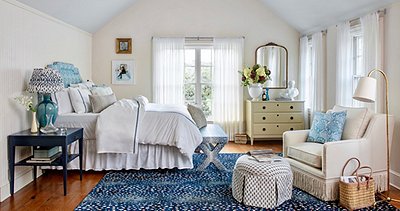
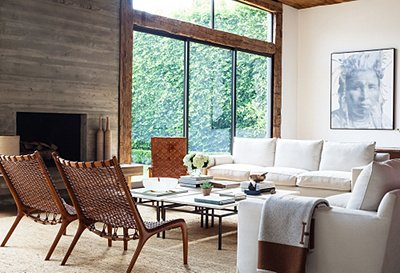
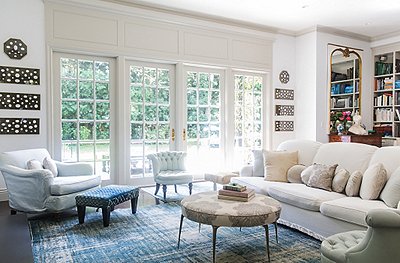
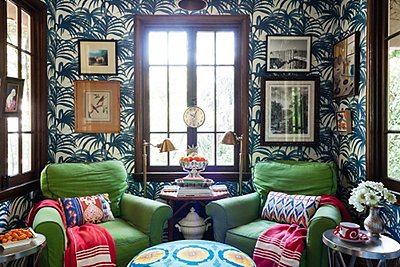
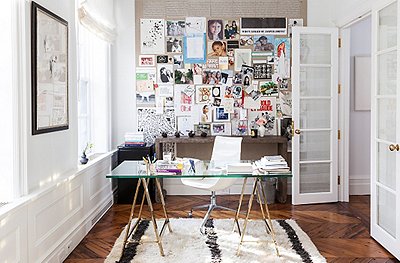
Join the Discussion